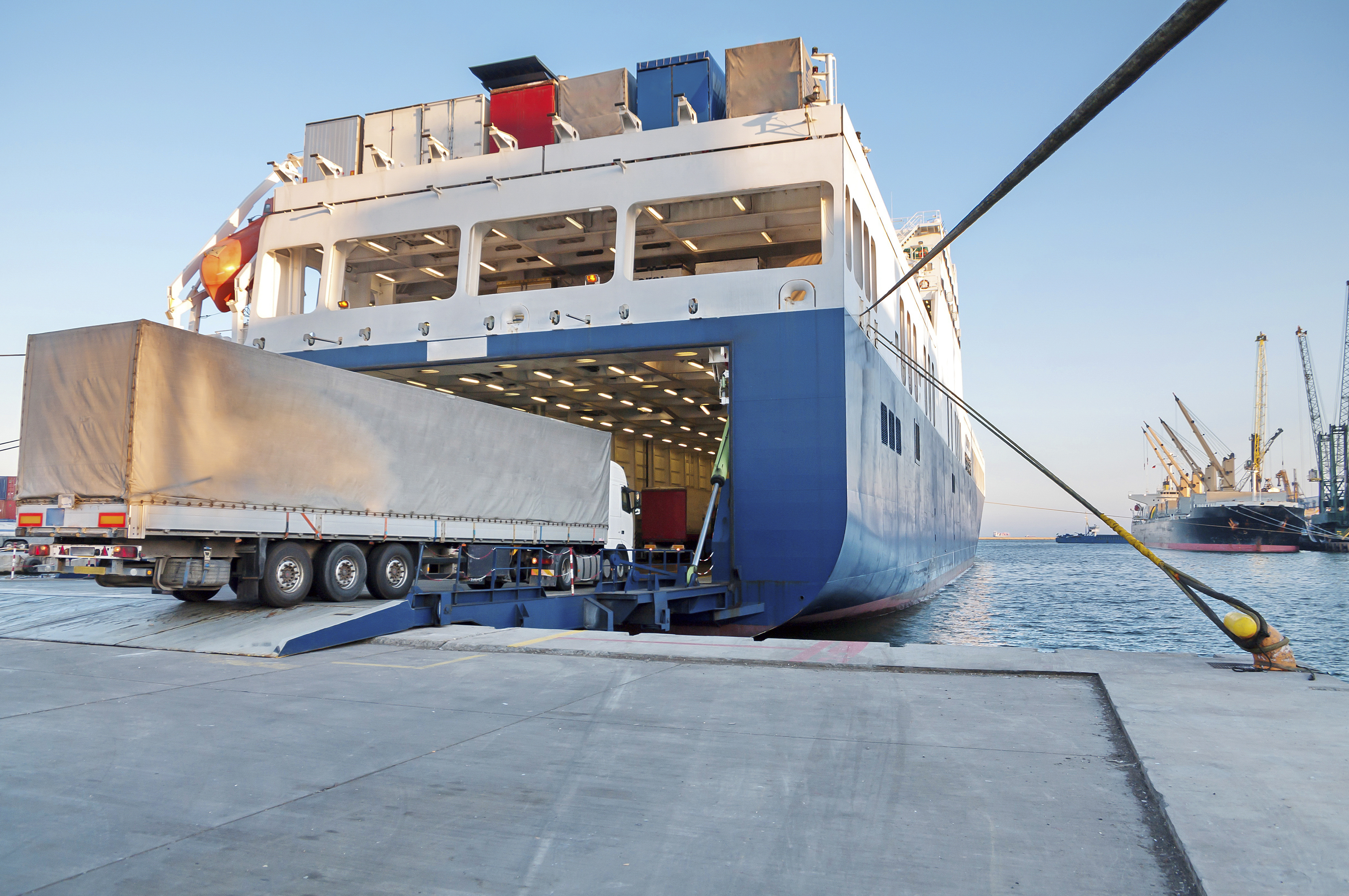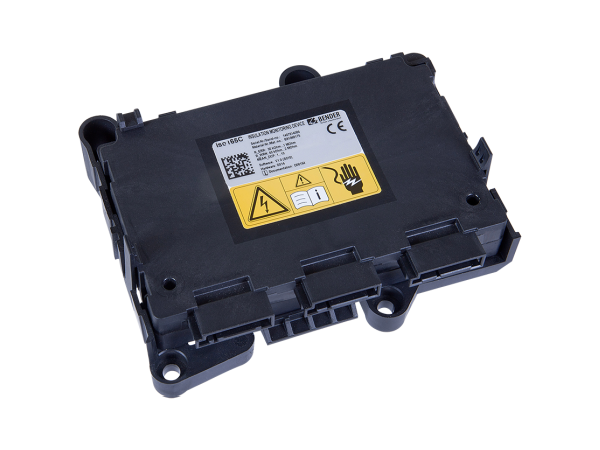The Potential of Clean Energy and Electrical Safety in Ships

Modern advertising does a great job of describing cruise ships as large, clean vessels where you can enjoy the trip of a lifetime with family and friends. One detail commercials tend to leave out is the large trail of black smoke erupting from the chimneys of the ship. This is the exhaust produced by the massive engines hidden deep in the belly of the ship. You may think of them as just a dirty version of a modern diesel, but the truth is they run on something dirtier than that — a material akin to raw oil sludge. The NOx filters and catalytic converters that one encounters on any passenger vehicle are essentially non-existent on these ships, hence it may be of no surprise that it is assumed that a typical cruise ship causes as much pollution as one million modern-day passenger vehicles on the road.
The recent rise of electrical vehicles (EVs) has caused an eruption in alternative drive technologies in every form of transportation that one can envision. The electrification of the drive train has moved from the typical car into aviation, and from there, to ships, boats and aquatic pleasure crafts.
Modern technology onboard everyday vessels
While the large cruise ships, tankers, LNG vessels and containerships are still considered to be too large and power hungry for pure electrification, there have been a few smaller vessels experiencing what’s called an electrical conversion. Especially ferries, with their relatively short distance requirements, have established themselves as a prime example of electrification. Here, the relatively large size of the ferry enables the designer to place large batteries onboard. The short distance that a ferry has to cross enables the electrically driven travel across the waterway with ample energy to spare. The long wait time on the shore during loading and disembarking provides the ferry time to recharge the batteries back to full capacity for the next voyage. From an operator's standpoint, the ferry application is a prime example for a perfect win-win operation. Here, the advantages of the clean propulsion and the short drive span overcome the disadvantage of having to cope with a relative short range. All this occurs while emitting zero NOx gases and saving on fuel cost — all while providing the additional benefit of noise reduction to virtually zero decibels.

.png?width=450&height=338&name=Blank%20600%20x%20450%20(1).png)
Bender’s solution for the electrical system on the ship
The electrical system onboard has constantly been at the highest levels available for efficiency. For this to occur, a few things must be set in place. For starters, electrical integrity and safety is a must-have condition. Electrical integrity is constantly verified by so called Isolation Monitoring interrupting Devices (IMIs). These IMIs are safety relays distributed throughout the ship on vital points in the electrical distribution system making sure that it is immediately detected when any of the components, such as a motor, a drive or the battery, develops a short to the vessels frame.
The general architecture of the electrical distribution and safety systems can also be found on even smaller boats and pleasure crafts. First prototypes of electric jet skis have been introduced to the market and are currently ripping up the water with over an hour of extended riding time. Here, a smaller version of the IMI called the iso165 is being used to provide the same degree of electrical safety monitoring as it is on the larger vessels. Electrical safety is paramount, especially when the operator is so closely located to the battery pack, in some cases only a seat cushion away. Thankfully, designers take all these considerations into account and with the help of the IMI, safe travels are guaranteed. The possibilities these exciting designs could open are endless. One being that on many lakes, jet skis and motor boats may be prohibited due to the lake doubling as a reservoir for drinking water. The excessive noise may also threaten the wildlife and species living in and around the water. All of these problems and many more will be eliminated due to the fact that these new crafts are virtually running silently. It is safe to say that new possibilities will emerge from electrification and it will be part of our everyday lives before we know it.
For more information about this application or to learn more about Bender technology related to your specific application, contact our team of experts.
This article is for informational purposes only. Bender provides the information "as is" without warranty and is not responsible for its accuracy or reliability. No warranties are given regarding its suitability for any specific circumstances.

.jpg)
-1.jpg?width=352&name=Blank%20300%20x%20175%20(11)-1.jpg)
.jpg?width=352&name=Blank%20300%20x%20175%20(5).jpg)
